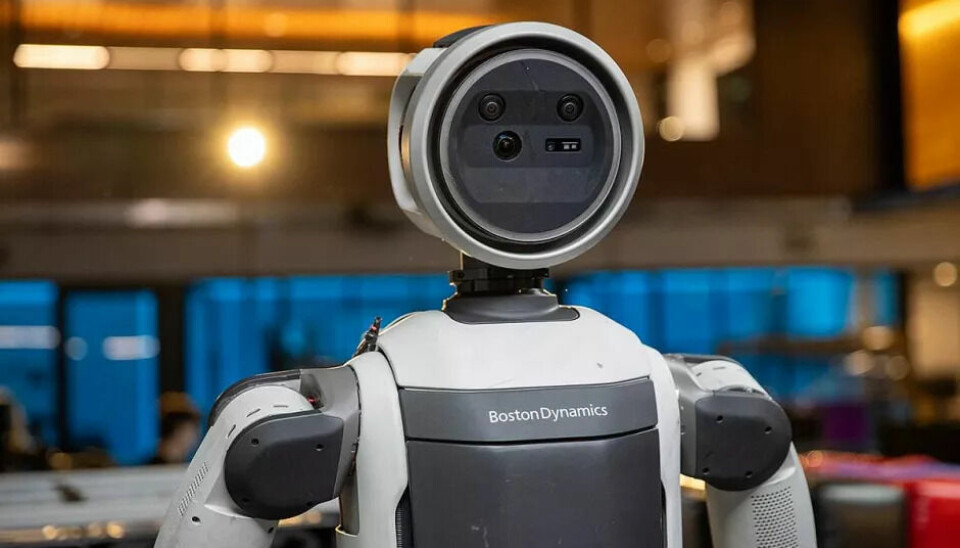Humanoid robot Atlas
Out of the "uncanny valley"

Boston Dynamics and the Robotics & AI Institute have taken Atlas to the next level. Thanks to AI and simulation-based learning, the humanoid robot now moves more fluidly - from cartwheels to breakdancing.
The collaboration between Boston Dynamics and the Robotics & AI Institute (RAI) is showing initial success: The humanoid robot Atlas now moves even more naturally and smoothly. A new video demonstrates its improved movements - including crawling, cartwheeling, and even some cool breakdance moves.
Progress through simulation-based learning
Since the cooperation started in early 2025, the two companies have been using reinforcement learning (RL) to teach Atlas complex full-body movements. The robot trains in virtual simulations, where it is rewarded for successful movements. However, this learning process is time-consuming. Therefore, developers are working on transferring the learned behavior to the real world more efficiently. The focus is on stable locomotion and the coordination of all body parts, so that Atlas can run more dynamically and better balance larger loads.
Impressive new abilities
The released video provides insight into the robot's progress. Compared to other humanoid machines, Atlas moves significantly more fluidly: It naturally uses its arms while running, making it more similar to a human runner. It also already succeeds in controlled crawling, a side roll, and a cartwheel. A handstand and a dance move from the breakdance repertoire are now also part of its repertoire.
Focus on full-body dynamics instead of industrial use
While many robotics companies primarily automate tasks for industry or the household, Boston Dynamics and RAI focus on comprehensive full-body dynamics. The goal is to make walking more stable and movements more efficient.
Of course, since the Russian invasion of Ukraine and the ensuing drone war, there has been speculation about a possible military use of the Atlas robot. This is currently unlikely with Atlas. At least Boston Dynamics, along with other robotics companies, had already committed in 2022 not to develop armed robots. Nevertheless, it is highly likely that we will see armed androids on battlefields in the coming years. Times have changed since 2022.